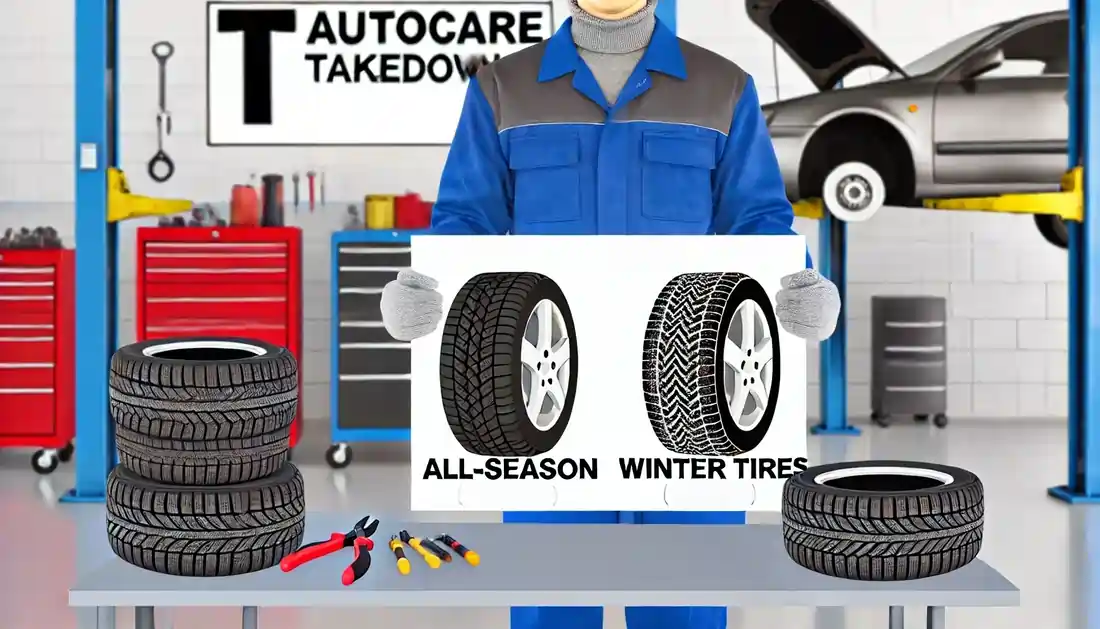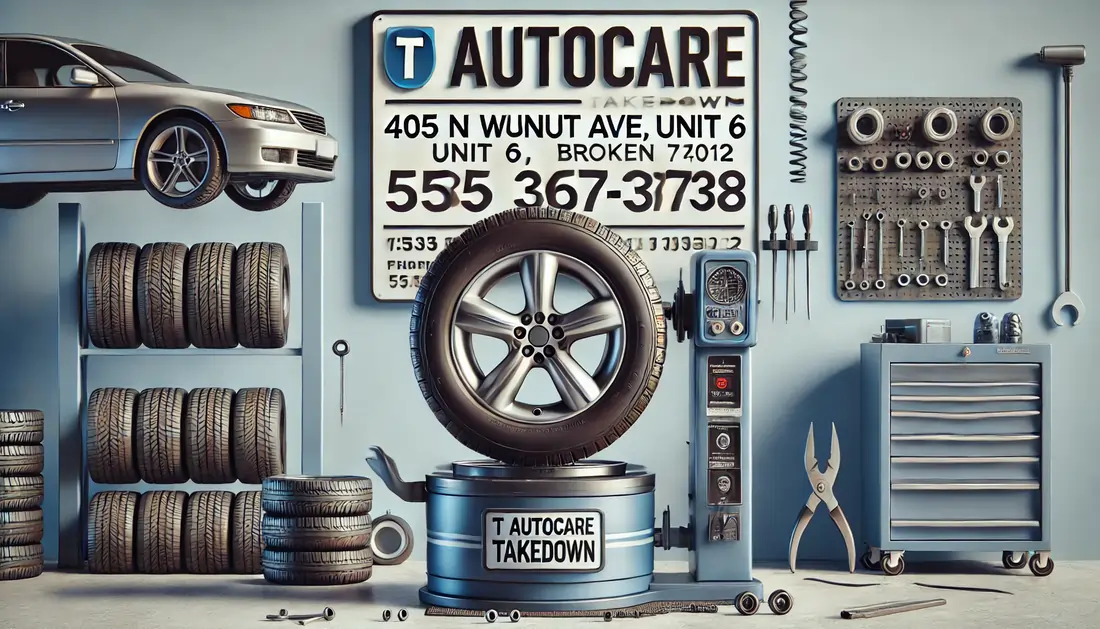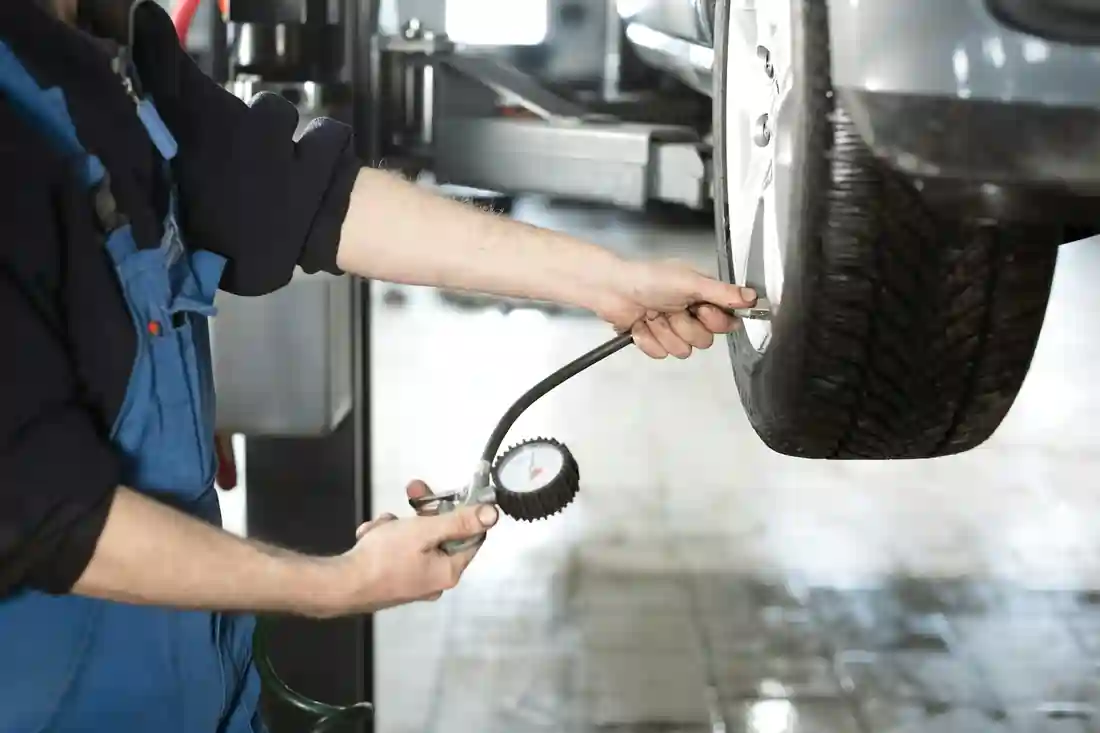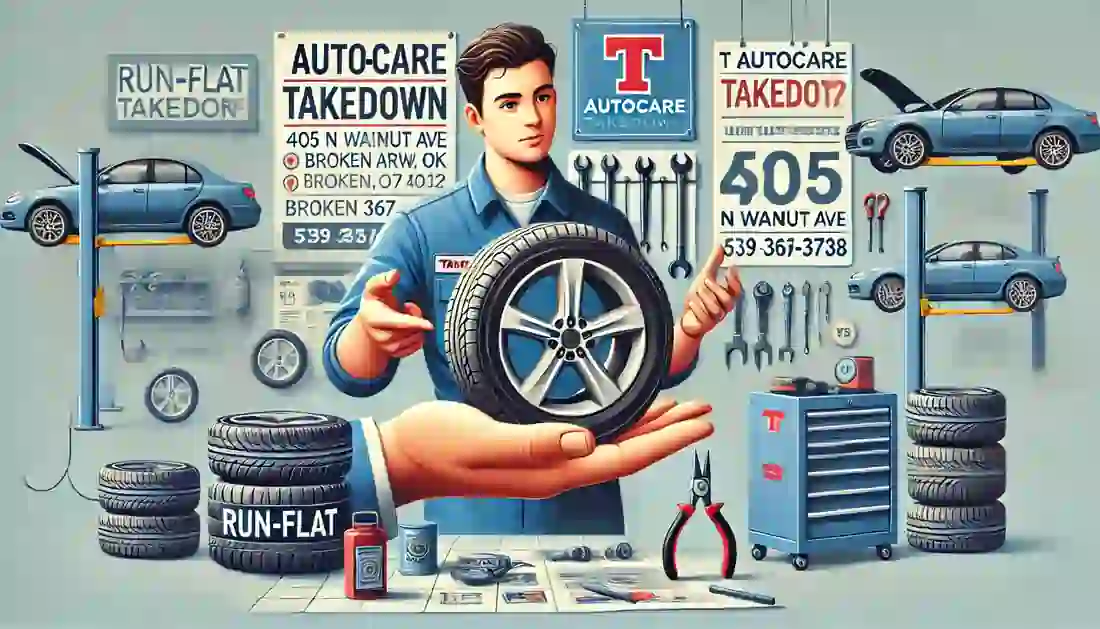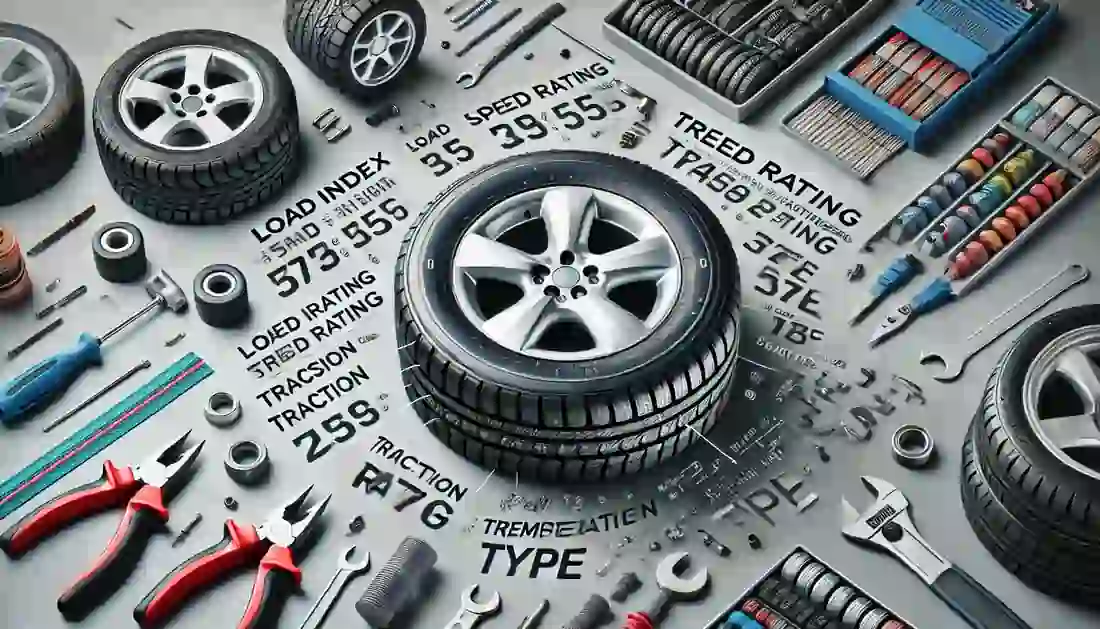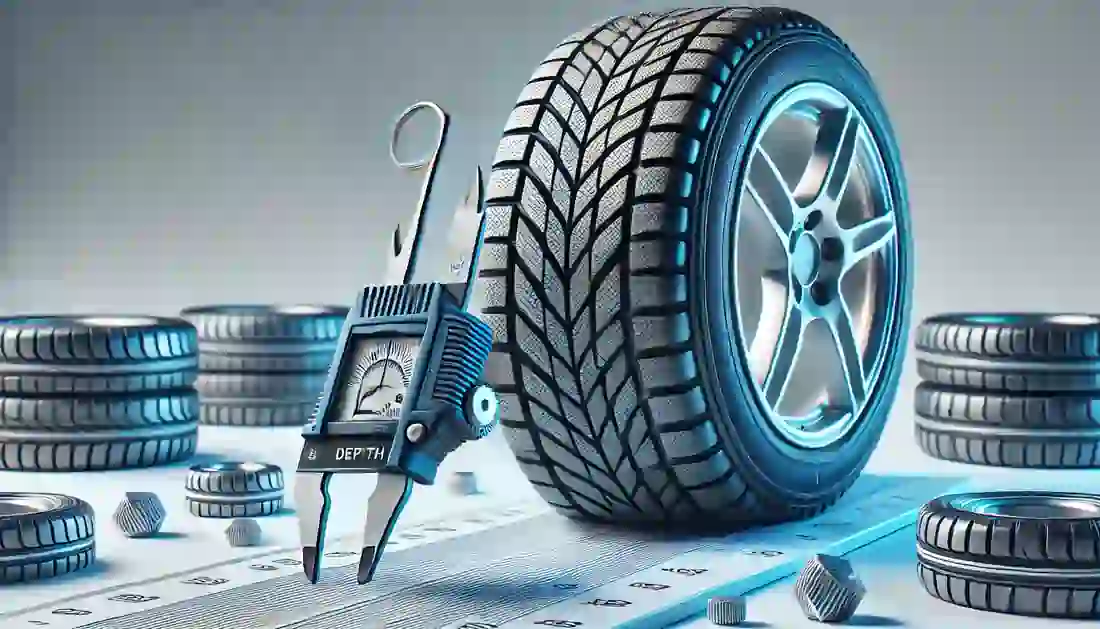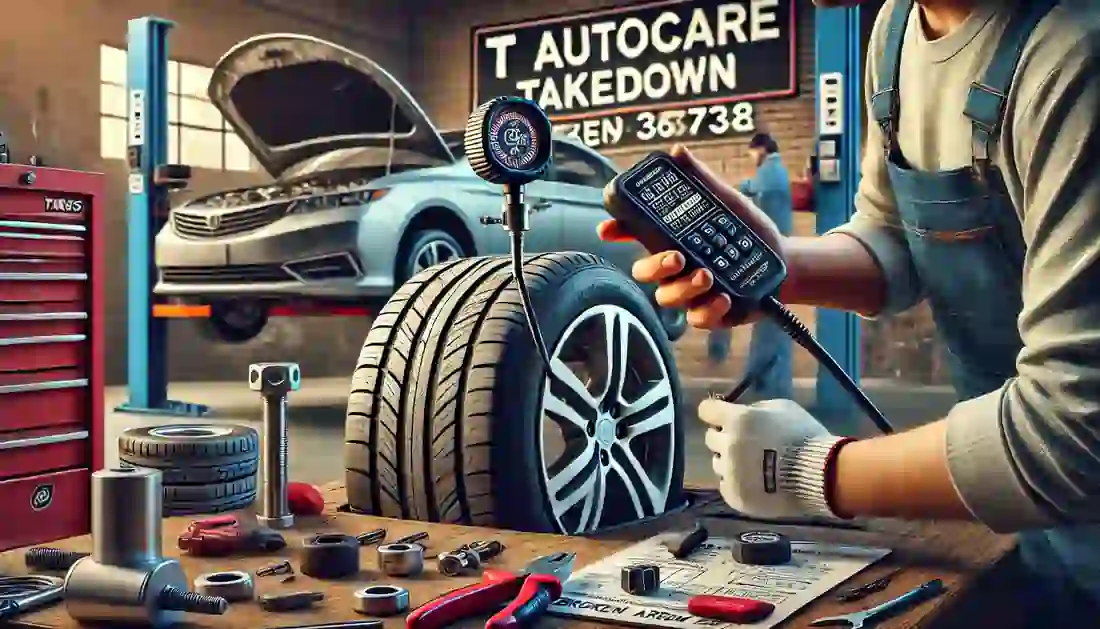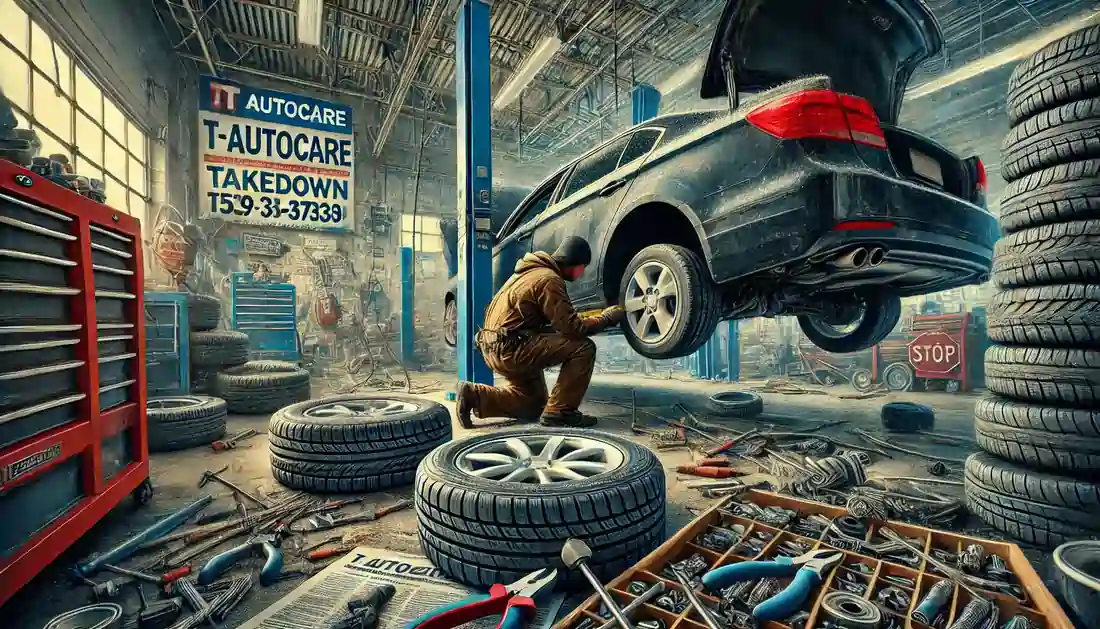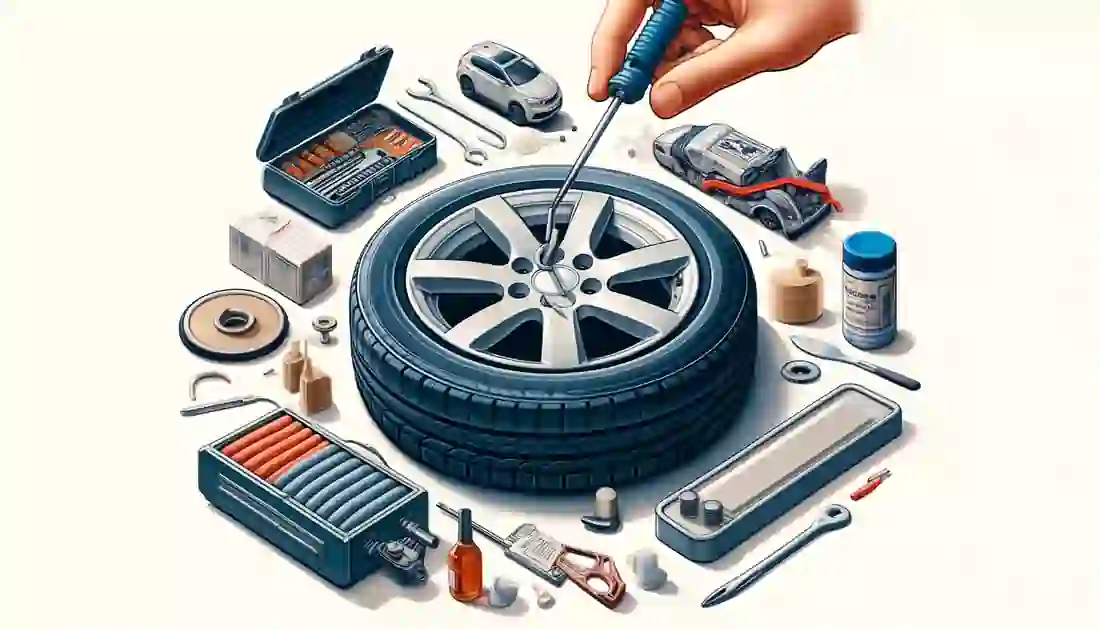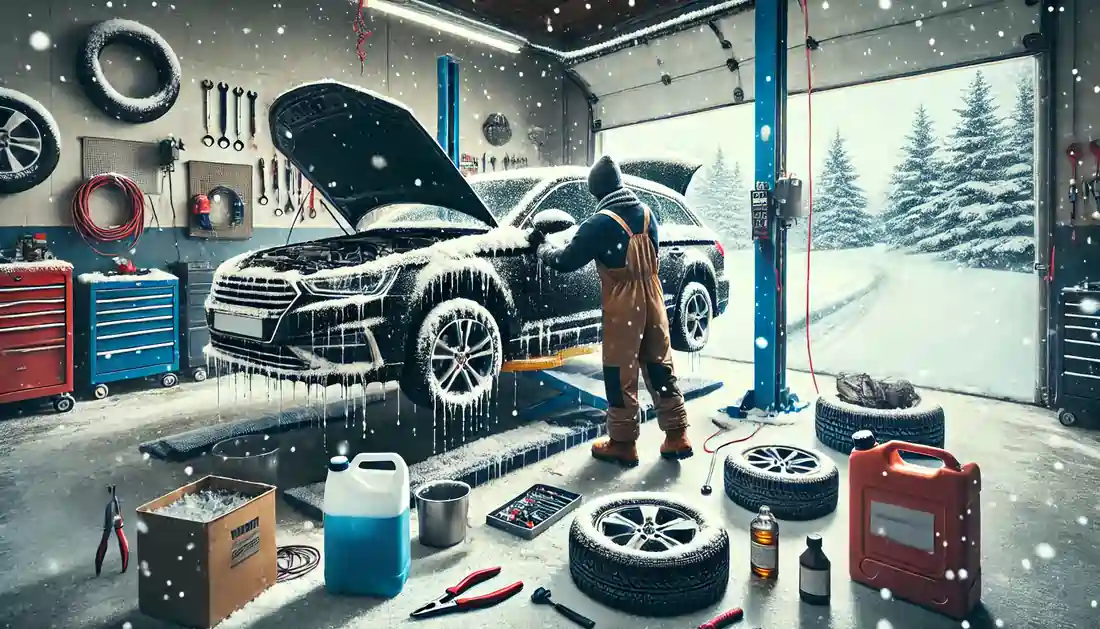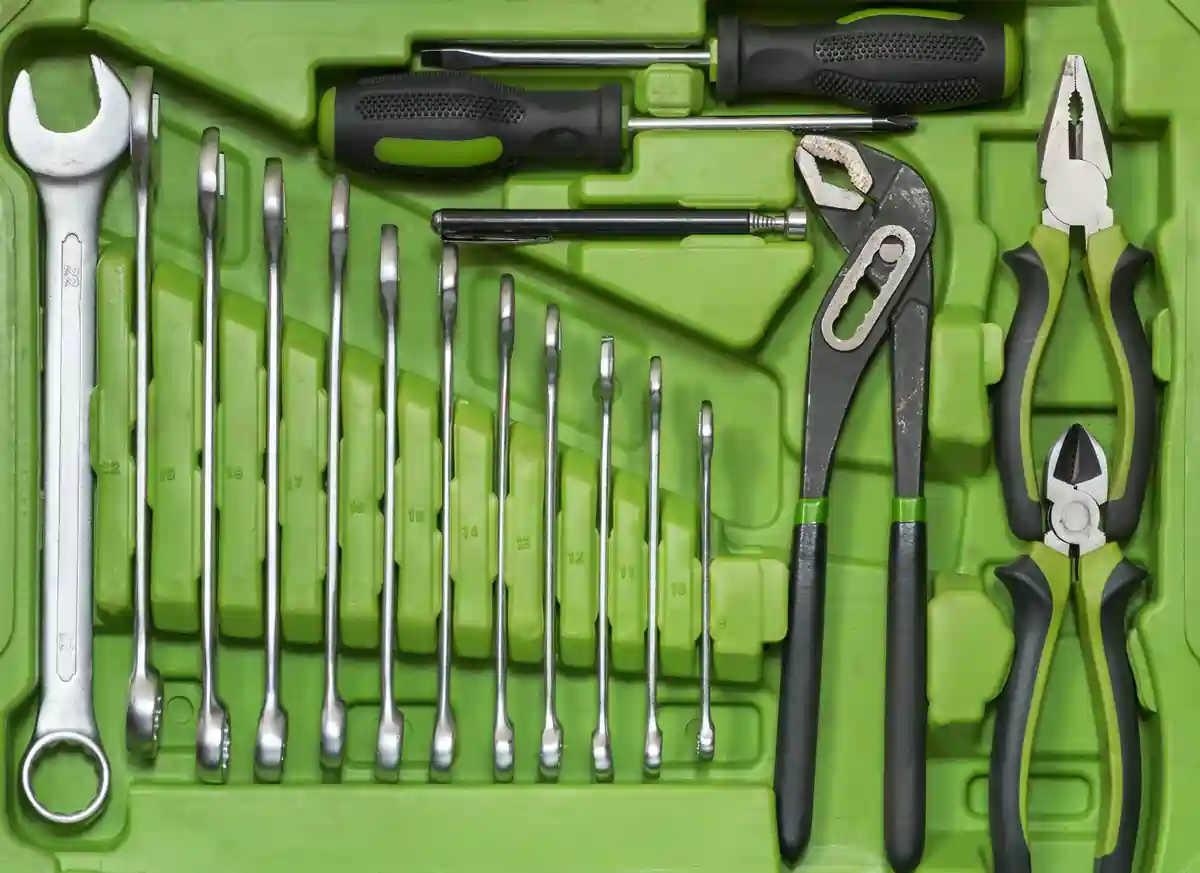Tire Pressure Monitoring Systems (TPMS) are crucial for maintaining vehicle safety, performance, and fuel efficiency. At T Autocare Takedown, we want to provide you with a comprehensive guide to understanding TPMS and how to keep your vehicle running smoothly.
Introduction
TPMS is an electronic system designed to monitor the air pressure inside your vehicle’s tires. This system is vital for ensuring that your tires are always at the optimal pressure, which is essential for safe driving, fuel efficiency, and prolonging the lifespan of your tires.
When driving in rainy conditions, having properly inflated tires is especially important to maintain traction and avoid skidding. For more tips on staying safe in wet weather, check out our guide to safe driving in rainy conditions.
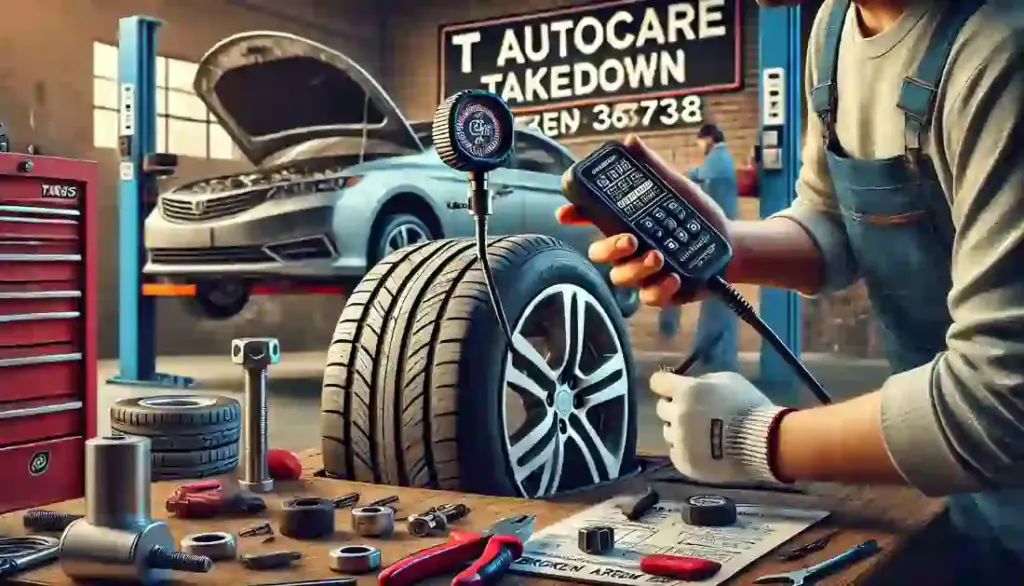
How TPMS Works
There are two main types of TPMS: direct and indirect. Direct TPMS uses sensors inside each tire to measure pressure and transmit data to your vehicle’s onboard computer. Indirect TPMS, on the other hand, estimates tire pressure based on wheel speed data from the Anti-lock Braking System (ABS).
TPMS is just one of the many safety features that have evolved over time to enhance vehicle safety. To learn more about the progression of vehicle safety technology, visit our guide on car safety features evolution.
Benefits of TPMS
TPMS offers several significant benefits:
Safety: Properly inflated tires are less likely to blow out or cause accidents. TPMS alerts you to under-inflated tires, helping to prevent these issues.
Fuel Efficiency: Correct tire pressure improves fuel economy. Under-inflated tires increase rolling resistance, which means your engine has to work harder, consuming more fuel. Keeping your tires properly inflated is just one way to improve fuel efficiency. For more tips on boosting your vehicle’s fuel economy, check out our guide on tips for improving fuel efficiency.
Tire Longevity: Maintaining the correct tire pressure reduces uneven wear, extending the life of your tires and saving you money on replacements.
Along with TPMS, regularly rotating your tires plays a key role in preventing uneven wear. Learn more about the importance of regular tire rotations to keep your tires lasting longer.
Common Questions About TPMS
- What does the TPMS warning light indicate? The TPMS warning light comes on when one or more tires are under-inflated. This light alerts you to check and adjust your tire pressure.
- How do you reset TPMS? Resetting TPMS varies by vehicle. Some systems reset automatically after adjusting tire pressure, while others require a manual reset using buttons or specific driving patterns.
- How long do TPMS sensors last? TPMS sensor batteries typically last between 5 to 10 years. Sensors should be replaced when the battery is depleted or if the sensor malfunctions.
- Can TPMS be bypassed? Bypassing TPMS is not recommended as it is a safety feature mandated by law. Disabling TPMS can result in driving with unsafe tire pressures.
- What are the maintenance costs for TPMS? Replacing a TPMS sensor can range from $50 to $200 per sensor. Regular maintenance includes checking sensor function and replacing worn components like grommets and valve caps.
DIY Tips for Managing TPMS
- Checking Tire Pressure Manually: Regularly check your tire pressure manually using a reliable tire gauge, especially if the TPMS light is on. For more detailed instructions, follow our comprehensive guide on how to check your car’s tire pressure.
- Responding to TPMS Alerts: When the TPMS warning light illuminates, immediately check and adjust your tire pressure.
- Replacing TPMS Sensors: If a sensor is malfunctioning, it can be replaced. Ensure the new sensor is compatible with your vehicle.
Advanced Insights
- Seasonal Tire Changes: When switching between summer and winter tires, ensure the TPMS sensors are also switched or recalibrated. If you’re unsure about whether to use all-season or winter tires, check out our guide on how to choose between all-season and winter tires for a detailed comparison.
- TPMS and Spare Tires: Ensure your spare tire is equipped with a TPMS sensor to maintain safety even when using the spare.
- TPMS in Off-Road Vehicles: Considerations for TPMS in off-road conditions, including how to manage and monitor tire pressure in rugged environments.
Unique Tips
- Using TPMS with Run-Flat Tires: Benefits and considerations of using TPMS with run-flat tires to enhance safety and convenience. If you’re considering run-flat tires for your vehicle, it’s important to weigh the advantages and disadvantages. Learn more in our guide on the pros and cons of run-flat tires.
- Smartphone Integration: Modern TPMS can be integrated with smartphone apps for real-time monitoring and alerts.
- TPMS for Motorcycles and RVs: Expanding TPMS use beyond passenger cars to motorcycles and recreational vehicles for comprehensive tire pressure management.
Professional Help and Maintenance
- When to Seek Professional Help: If your TPMS is not functioning correctly, it’s best to consult a professional mechanic. They can diagnose and fix any issues to ensure your system is reliable. Similarly, if you’re driving around with a check engine light on, it’s crucial to get it checked as soon as possible to avoid potential damage. Learn more about why you shouldn’t ignore the check engine light and what steps to take.
- Regular Inspections: Regular inspections by a professional auto repair shop can help maintain TPMS functionality and ensure your vehicle is safe.
- Cost Considerations: Be aware of the costs associated with TPMS maintenance and replacements, and plan for these expenses as part of your regular car maintenance routine. Planning your car maintenance can help you save money in the long run. For more tips on how to manage your car maintenance budget, check out our guide on car maintenance budget and saving money.
Conclusion
Understanding and maintaining your TPMS is crucial for vehicle safety and performance. While DIY tips are helpful, professional maintenance ensures TPMS accuracy and reliability. T Autocare Takedown offers expert auto repair and maintenance services to keep your vehicle in top condition.
For a full range of repair and maintenance options, check out our vehicle services Broken Arrow page to see how we can assist you.
Contact Us:
- Address: 1501 W Detroit St, Broken Arrow, OK 74012
- Phone: (539) 367-3738
By following this guide, you can better understand and maintain your vehicle’s TPMS, ensuring a safer and more efficient driving experience. For any TPMS-related services, trust the experts at T Autocare Takedown.
Additional Resources
In addition to TPMS services, we offer a variety of essential car maintenance and repair services:
- Ensure your vehicle runs efficiently with a coolant system pressure test.
- If you’re experiencing issues with your vehicle’s sensors, explore our sensor replacement services for expert solutions.
- Need to replace your coolant temperature sensor? Check out our coolant temperature sensor replacement service.
- Keep your car looking its best with our guide on the benefits of regular car washes and detailing.
- Looking to upgrade your car’s audio system? Read our guide on installing a new car stereo.

